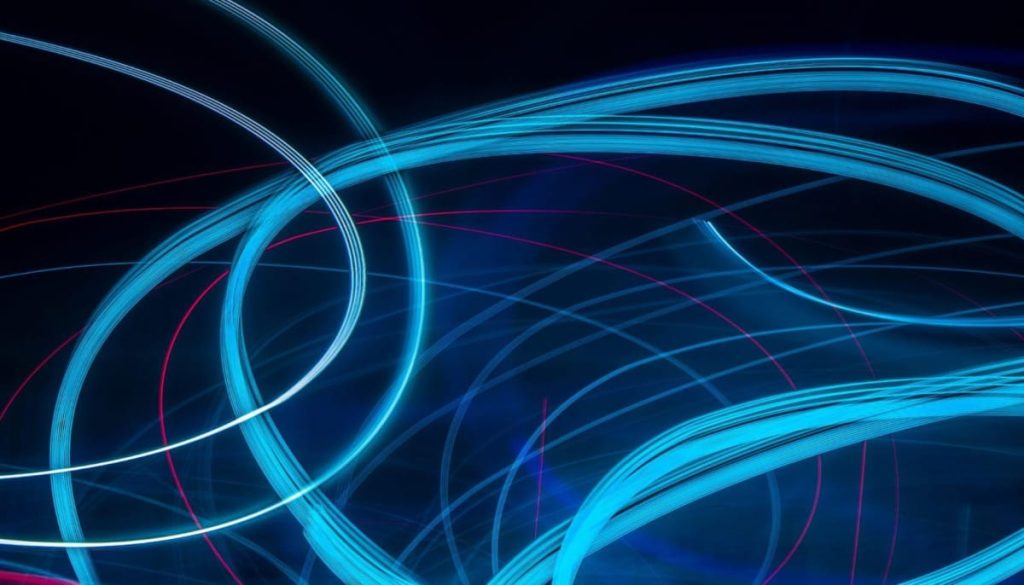
Visual material has always been essential to human expression and communication. The power of visual imagery is evident in everything from the contemporary commercial billboards that cover our city streets to the prehistoric cave drawings. The creation, accessibility, and utilization of visual content have all been transformed by technology in the last several years. This post examines the incredible ways in which technology has revolutionized the visual arts sector, bringing with it greater vigor, accessibility, and excitement.
The Social Media Revolution
The way we consume visual material has changed significantly in the digital era, and social media platforms have been a major factor in this development. From the introduction of MySpace to the present hegemony of Facebook, Instagram, and TikTok, these platforms have given many people a venue to express their artistic ideas. Consequently, people may now engage, share, and connect with audiences globally in ways that were before unthinkable thanks to technology. These platforms have given rise to a phenomena called “influencer culture,” whereby common individuals may become well-known characters via the creation and dissemination of content. With just a smartphone and an idea, anybody can now produce and distribute incredible visual material to hundreds or even millions of followers.
The Influence of Content Created by Users
Photo by julien Tromeur on Unsplash
The influence of user-generated material is one noteworthy feature of this change. In order to create genuine, interesting visual content, brands, businesses, and people have taken use of the creativity of their viewers. Social media competitions, challenges, and partnerships with influencers have all contributed to the proliferation of content that not only advertises goods and services but also builds trusting relationships between producers and viewers.
The process of creating material has been made much simpler by technology. People may add a magical touch to their images and videos with the use of filters, augmented reality (AR) overlays, and video editing tools, which increase the content’s intrigue, shareability, and enjoyment. Furthermore, the popularity of live streaming promotes engagement and a feeling of community by enabling in-the-moment interactions between content producers and their viewers.
The Revolution in Graphics Driven by AI
AI has been essential in transforming visual material. High-quality images may now be produced more easily by producers thanks to AI-driven graphics and design tools. The ability to create visually attractive material is made easier by applications such as Adobe Creative Cloud, Canva, and other online generators that include templates, effects, and picture recognition capabilities. The potential of AI to produce lifelike deep fake photos and movies is an interesting application. Even while this technology has sparked ethical debate, applications such as face-swapping in movies and deep learning-based art creation have also been made for enjoyment and education.
Virtual and Augmented Reality
Photo by James Yarema on Unsplash
Visual content has reached entirely new heights with the advent of AR/VR technology. AR enables us to overlay digital components onto our physical surroundings, whereas VR fully submerges us in computer-generated experiences. Industries including gaming, education, and even architecture are changing as a result of these innovations. VR headsets are revolutionizing gaming by taking users to imaginary realms and offering a degree of immersion that was previously impossible with conventional screens. In the meanwhile, augmented reality apps—like Pokémon GO—offer a fresh take on interactive entertainment by fusing virtual animals with actual environments.
Step-and-Repeat Banners: Infusing Some Glamor
Step & Repeat banners are a great illustration of how visual content and technology combine in the entertainment and marketing industries. These banners are a mainstay at product launches and red carpet events; they are embellished with branding and logos. With the help of technology, they provide an eye-catching background for pictures and are now an essential part of the event’s branding. Step & Repeat banners were formerly printed or hand-painted, but modern digital printing technology makes it possible to produce bright, high-resolution banners that stand out in pictures. Green screens, which allow for backdrop modification and interaction with digital material, are frequently utilized in combination with these banners. In addition to improving the aesthetic appeal, this technology gives guests a more engaging and dynamic experience.
The Future of Visual Content
Photo by Shubham Dhage on Unsplash
There are exciting and unknown things in store for visual content in the future. The distinction between the actual and virtual worlds will become more hazy as our intake of immersive, tailored material increases. Positive improvements in the visual content sector brought forth by technology have improved content quality, fostered innovation, and reinforced social relationships. AI-driven visuals, social media, user-generated content, and AR/VR technologies have all contributed to this change. Even more creative advancements in the field of visual material creation will ensure that it remains a dynamic and ever-evolving medium that holds our interest. In other words, keep an eye out over the next few years and don’t be shocked if you find yourself buried in a completely new visual information universe.

